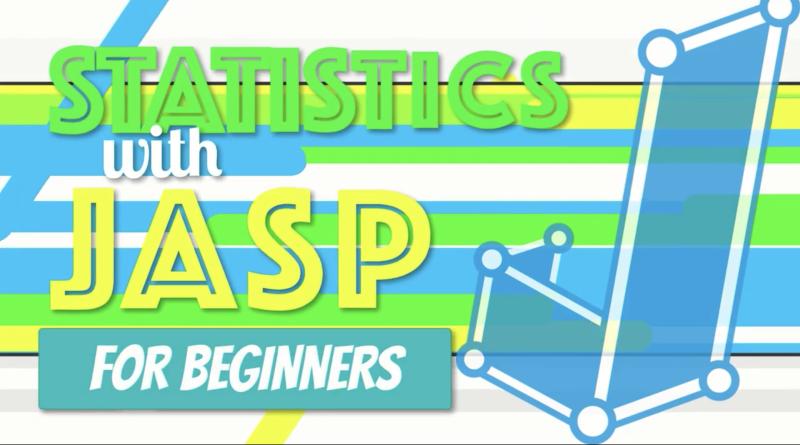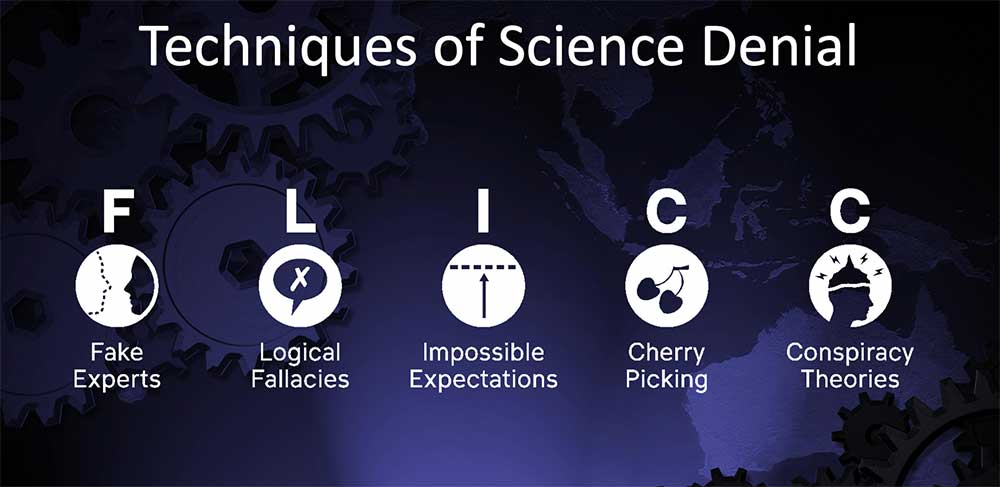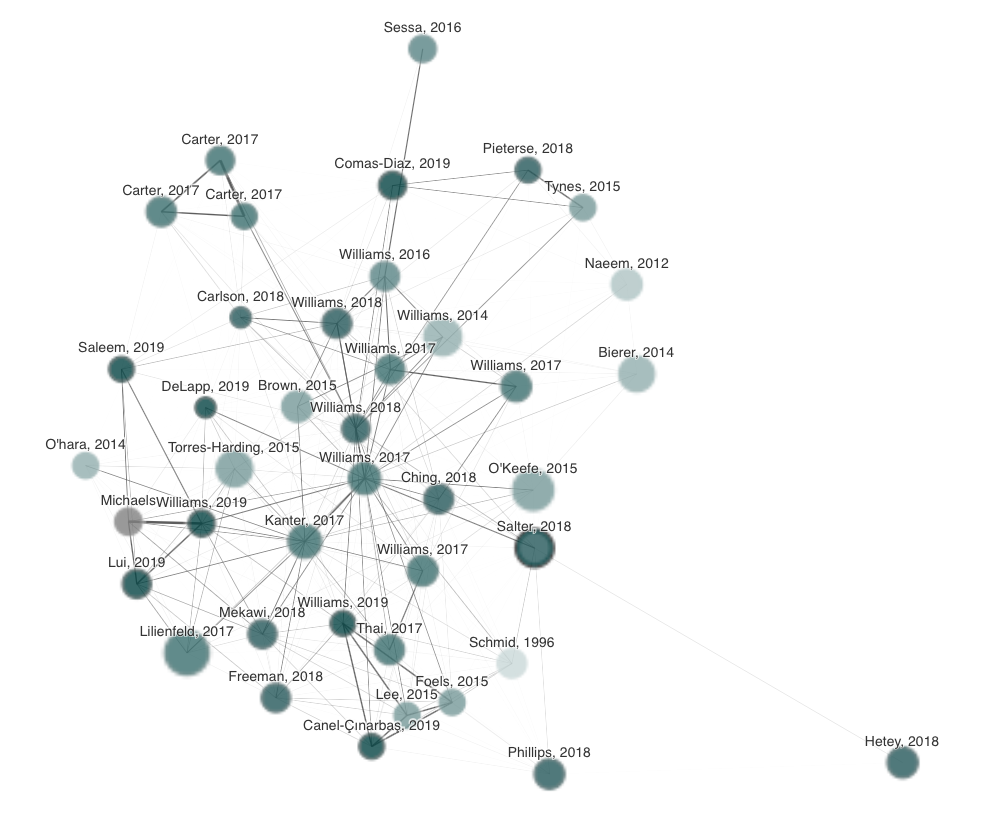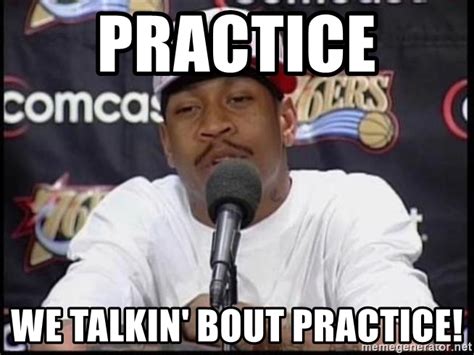Video: How to Do an One-Way ANOVA in JASP
Video (14:02) from Research by Design in which, “We are off to see the wizard with an example of a one-way (factorial) ANOVA involving wicked witches and munchkins. We open a .CSV dataset in JASP, check the assumptions of homogeneity of variance and normality, conduct the test, interpret the results, and write up the findings […]
Video: How to Do an One-Way ANOVA in JASP Read More »








